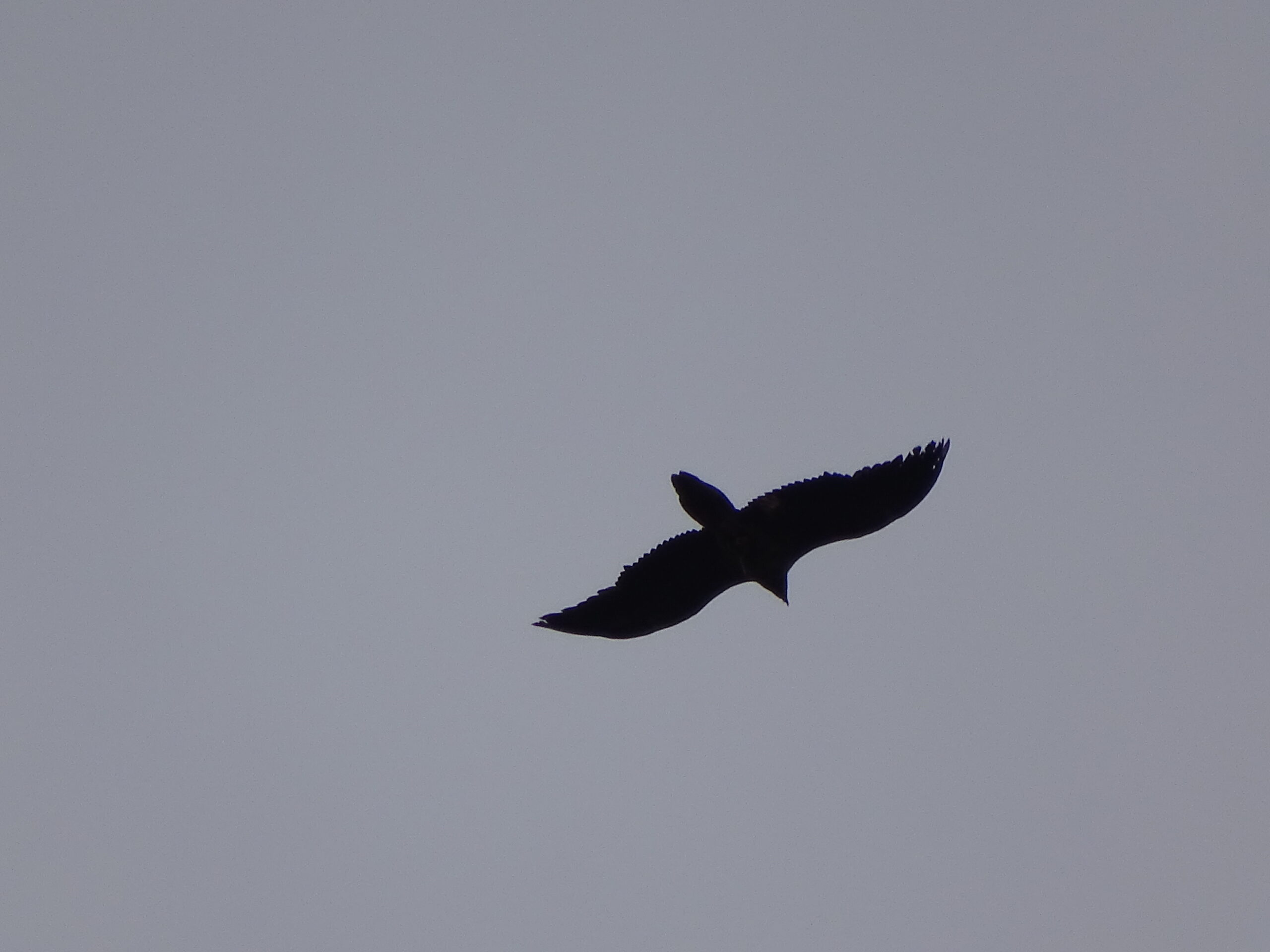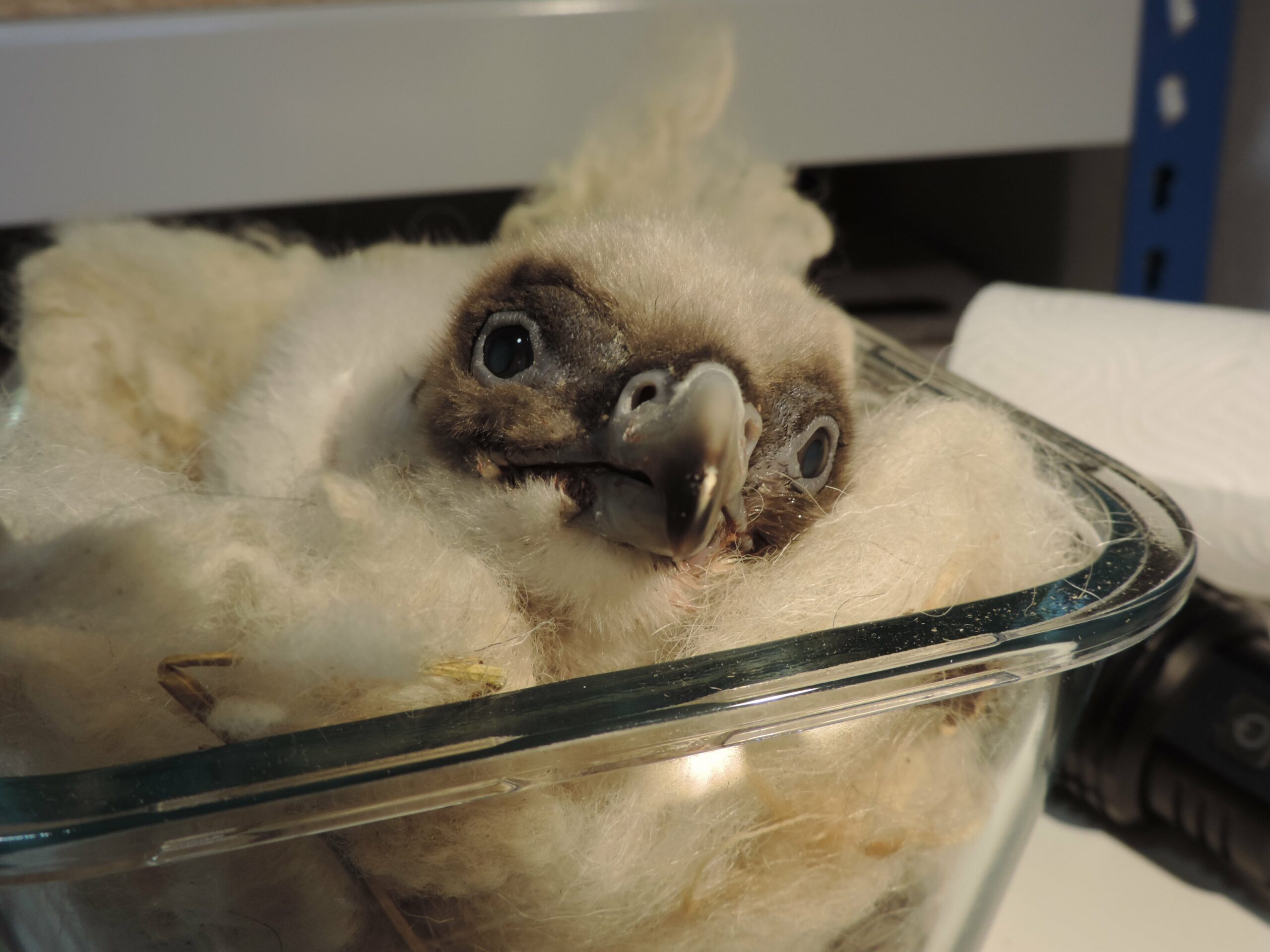
In just a week’s time the largest count of bearded vulture is taking place on International Observation Days 2018. What happened last year?
Understanding the bearded vulture population
Over the years International Observation Days,, which takes place during the first fortnight of October, has become an important date for ornithologist and bird-watchers, who are fascinated by this large bird species. The number of volunteer observers has been growing every year – last year we had over 920 participants, that logged in almost 530 bearded vulture observations.
Crossing the observation data with expert knowledge about the presence of territorial and tagged birds, last year we estimated the bearded vulture population size in the Alps to be between 208 and 251 birds. For the Massif Central we counted 6 birds, 5 in Aude and between 22 and 33 in Andalusia.
Among the observed birds last year 12% were identified as juveniles, 15% as immature, 4% as subadult and 59% as adult birds. Furthermore, it was possible to identify individually 70 bearded vultures, thus providing us valuable information on their life history.
This data is crucially important and helps inform the reintroduction programmes in the five areas of Europe the species is being reintroduced and populations restocked with captive-bred birds.

Get involved
The International Observation Days are ambitious and cover five different countries and over the last 12 years could not have been achieved without the help of members of the public. This year´s count is on the 6th October 2018. All over the Alps, the Massif Central, the department Aude and Andalusia, we are inviting people to get involved, pick up a pair of binoculars, spend the day in the mountains and help us look for bearded vultures and get counting.

Through our network of organisations such as France’s la Ligue pour la Protection des Oiseaux in Aude and Spain’s la Fundación Gypaetus in Andalusia and national and regional parks across the Alps from France’s Le Parc national du Mercantour in the west to Austria’s Nationalpark Hohe Tauern in the east, there are plenty of opportunities to get involved. Please contact the regional coordinators below if you are interested in participating or contact us for any other question:
Austria
Nationalpark Hohe Tauern – ferdinand.lainer@salzburg.gv.at
France
Asters Haute-Savoie Conservatory of Natural Areas : etienne.marle@asters.asso.fr
Le Parc national du Mercantour: monique.perfus@mercantour-parcnational.fr
Parc national de la Vanoise : jerome.cavailhes@vanoise-parcnational.fr
Envergures Alpines: christian.couloumy@gmail.com
Parc naturel régional des Grands Causses: lea.giraud@lpo.fr
Parc naturel régional du Vercors: benoit.betton@pnr-vercors.fr
Vautours en Baronnies: gypaete@vautoursenbaronnies.com
Ligue pour la Protection des Oiseaux de l’Aude: yves.roullaud.aude@lpo.fr
Italy
Parco Nazionale dello Stelvio : enrico.bassi76@gmail.com
Aosta: c.chioso@regione.vda.it
Parco Naturale Alpi Marittime: fabiano.sartirana@parcoalpimarittime.it
Spain
Fundación Gypaetus: prodriguez@gypaetus.org
Switzerland
Stiftung Pro Bartgeier: franziska.loercher@swild.ch
The IBM is partially funded by their partners, and by funding contributions from the EU LIFE Fund through the LIFE GypConnect and LIFE GypHelp, as well as the MAVA foundation.





